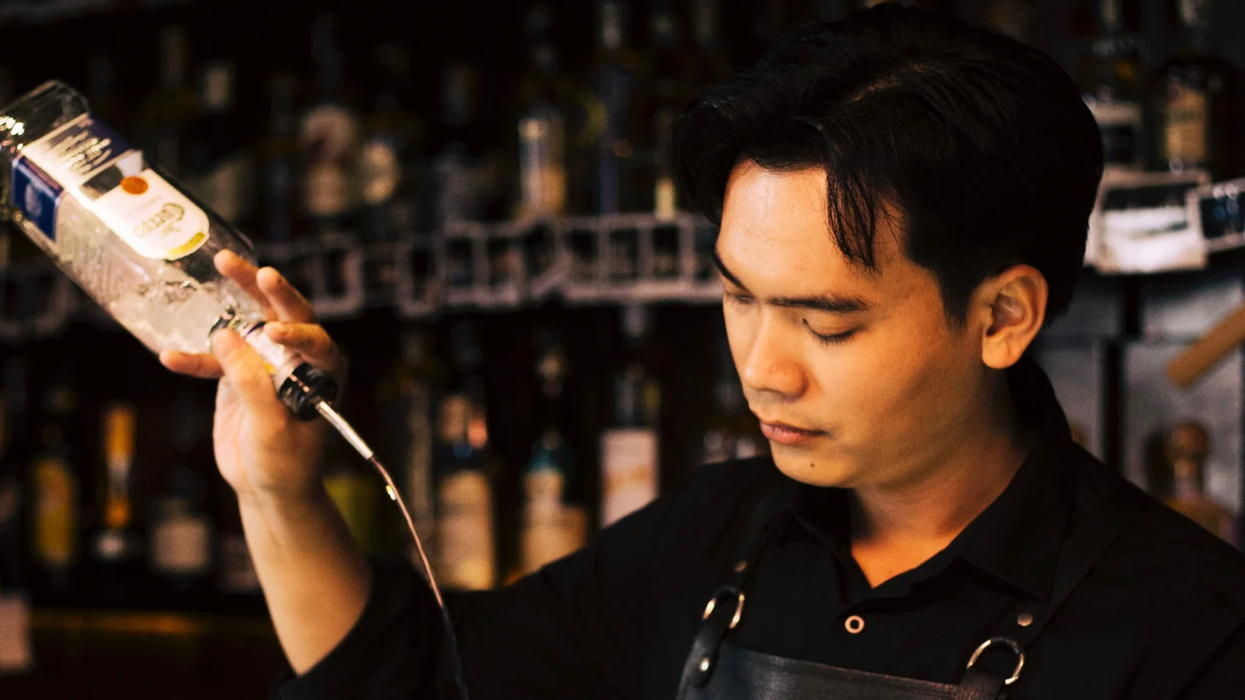International disability sporting events have become much more visible in recent years and have been promoted as a way of achieving inclusion and promoting participation.
But our study shows that it’s not an even playing field for athletes who participate and perform successfully in paralympic sports. We explored factors which determine both participation and success in the paralympic sport of athletics (track and field).
We found that economic factors play a major role. Affordability influences the extent to which countries can participate in different events. Athletes from low-and middle-income countries—particularly women—are at a distinct disadvantage. These differences were particularly marked in events that had a high cost of participation. Both determined how well athletes performed.
These findings are not that different from similar studies on Olympic sports. These show success is closely related to gross domestic product, team size, and country wealth.
But unlike the International Paralympic Committee, the Olympic movement does not claim to be promoting inclusion, equity, and fairness.
Our research raises important questions about how well the International Paralympic Committee achieves its goals of global fairness and inclusivity. Our findings are important because the evidence goes against the grain of the Paralympic Movement’s vision to promote inclusion and fairness in paralympic sport.
An inclusive environment
The International Paralympic Committee is the global governing body of the Paralympic Movement. It promotes “a more inclusive society for people with an impairment through para-sport.” It challenges stereotypes and transforms attitudes by breaking down social barriers and discrimination against people with an impairment.
The committee has been successful in promoting disability sports. Both the London Paralympics in 2012 and the Rio Paralympics in 2016 attracted considerable media attention. They both successfully tackled conventional stereotypes. In addition, many athletes were transformed into icons as a result of attracting large numbers of followers.
Like all sporting codes, the central principles of fair competition—which include avoiding technologies that provide an unfair advantage—apply to paralympic sport. But the participants’ disabilities mean that rules have to be adapted.
Two examples illustrate this. Firstly, many athletes have to use technologies and adaptive devices to participate equally. This includes the use of running blades and racing wheelchairs. In the case of shot put, wheelchair users can use special throwing frames.
Another example is the accommodation of, for example, visually impaired runners. They are allowed to have a guide to enable them to participate and compete fairly.
There is an elaborate classification system that categorizes different types of bodies into classes. This helps athletes with atypical bodies to compete against those with similar, or functionally equivalent, atypicalities.
Measuring inequality
But our study found that these adaptations can militate against the participation, and performance, of athletes from low- and-middle income countries.
We looked at how country-level economic variables, such as per capita income and Gross Domestic Product, influenced participation and achievement. We used the 2015 IPC Athletics Championships held in Doha as a case study.
The data we put together showed that economic factors significantly influenced both the level at which athletes participated and how well they did. We factored in the population size of a country to ensure it didn’t skew the results.
We found that high income countries, such as the United States, Sweden and Norway, were 3.4 times more likely to participate in the championships compared with low- or middle-income countries like South Africa and India.
This meant that there were fewer participants from low- and middle-income countries. This, in turn, affected country performance measured by the number of medals each country earned.
The need for expensive equipment also affected participation. Here inequalities were particularly marked for women.
Creating a more inclusive environment
More must be done to level the playing fields for athletes with disabilities. To achieve fairness and include all people with disabilities, the International Paralympic Committee must be mindful of the structural and economic factors in low- and-middle income countries that get in the way of athletes’ participation.
Applying technologies to athletes in conditions where there is relative economic prosperity may well serve to equalize opportunities within higher-income contexts. But these technologies cannot solve the global problem of access to sporting opportunities in low- and middle-income countries.
It is not the role of the International Paralympic Committee to tackle global inequality. But the inspirational and aspirational tone of the language used by the committee may lead to the unrealistic expectation that paralympic sport is fair and equal.
More importantly, this research shows the complex issues about how technologies developed in high-income countries to promote inclusion among people with disabilities may not be as effective in the context of economic scarcity and resource constraints.
There is a real danger that the language used by the committee is leading to the unrealistic expectation that paralympic sport is fair and equal. This is not fair for disabled athletes, or people living with disabilities.

















 Screenshots of the man talking to the camera and with his momTikTok |
Screenshots of the man talking to the camera and with his momTikTok |  Screenshots of the bakery Image Source: TikTok |
Screenshots of the bakery Image Source: TikTok | 
 A woman hands out food to a homeless personCanva
A woman hands out food to a homeless personCanva A female artist in her studioCanva
A female artist in her studioCanva A woman smiling in front of her computerCanva
A woman smiling in front of her computerCanva  A woman holds a cup of coffee while looking outside her windowCanva
A woman holds a cup of coffee while looking outside her windowCanva  A woman flexes her bicepCanva
A woman flexes her bicepCanva  A woman cooking in her kitchenCanva
A woman cooking in her kitchenCanva  Two women console each otherCanva
Two women console each otherCanva  Two women talking to each otherCanva
Two women talking to each otherCanva  Two people having a lively conversationCanva
Two people having a lively conversationCanva  Two women embrace in a hugCanva
Two women embrace in a hugCanva 
 A reddit commentReddit |
A reddit commentReddit |  A Reddit commentReddit |
A Reddit commentReddit |  A Reddit commentReddit |
A Reddit commentReddit |  Stressed-out employee stares at their computerCanva
Stressed-out employee stares at their computerCanva
 Who knows what adventures the bottle had before being discovered.
Who knows what adventures the bottle had before being discovered. 
 Gif of young girl looking at someone suspiciously via
Gif of young girl looking at someone suspiciously via 

 A bartender makes a drinkCanva
A bartender makes a drinkCanva